From a futuristic idea to an everyday necessity, wearable technology has evolved fast. It has made life more convenient and healthier as it can track our steps, monitor our heart rates, or allow us to stay connected on the go. But what exactly is wearable technology? This article will take you into the world of wearable tech, delving into its origins, types, benefits, and challenges and the exciting future that awaits it.
Brief Intro of Wearable Technology
Wearable technology refers to electronic devices designed to be worn on the body either as accessories or as part of clothing. Some of these purposes may include tracking physical activities such as health metrics and communication. This technology often connects with other devices like phones, enabling data sharing and enhancing functionality.
Wearable technology isn’t completely new when we talk about it in terms of wristwatches and hearing aids, for example. Modern waves started taking shape in the early 21st century, denoted by a rise in computing prowess and enhanced connectivity.
How Does Wearable Technology Work
There is a wide range of use cases for modern wearable technology, such as smartwatches, fitness tracking devices like Fitbit Charge, VR headsets, intelligent jewelry, glasses with built-in internet connection, and Bluetooth headphones. Depending on their classification (fitness, health, or entertainment), the functioning of wearables varies greatly.
Main Components and their Abilities
Wearables usually consist of microprocessors, batteries, and connectivity to the World Wide Web to collect and sync data with other gadgets such as mobile phones or laptops. These gadgets have integrated sensors that keep track of body movements; some even aid in biometric identification, while others facilitate location tracking.
Some examples include smartwatches and fitness trackers, which are the most prevalent types of wearables. Usually worn on the wrist, these devices measure activities throughout the day. Other wearables like VR headsets replace one’s surroundings with completely digital ones, whereas AR glasses superimpose digital information onto reality.
Wearable Without Physical Contact
A few wearables use remote smart sensors plus accelerometers to monitor motion & pace, while others employ optical detectors to measure heart rates or blood glucose levels. What all these wearable technologies share in common is that they provide real-time feedback.
You may like to read: How to Choose the Right Wearable Tech for Your Lifestyle
Evolution of Wearable Technology
The journey of wearable technology began with simple devices designed to solve specific problems. Over the years, advancements in technology have transformed these devices into multifunctional tools. Let’s explore the evolution of wearable technology:
| Decade | Significant Innovations |
| 1960s | Wearable computer by Edward Thorp and Claude Shannon for predicting roulette outcomes |
| 1970s | Pulsar’s calculator wristwatch became a fashion statement |
| 1980s | Sony Walkman revolutionized portable music |
| 1990s | Steve Mann invented the wearable wireless webcam |
| 2000s | Introduction of Bluetooth headsets, Fitbits, and Nike+ iPod Sport Kit |
| 2010s | Launch of Google Glass, Apple Watch, and Oculus Rift |
| 2020s | Rapid advancements in AR and VR headsets, smart clothing |
Types of Wearable Technology
Wearable technology comes in various forms, each designed to serve a specific purpose. Here’s a look at some of the most common types of wearable technology:
1. Fitness Trackers
Fitness trackers are among the most popular forms of wearable technology. They can monitor physical activity, such as steps taken, distance traveled, and calories burned. Many fitness trackers include heart rate monitoring, sleep tracking, and GPS functionality.
Popular Fitness Trackers
- Fitbit Charge
- Garmin Vivosmart
- Xiaomi Mi Band
2. Smartwatches
Smartwatches combine the features of fitness trackers with additional functionalities, such as receiving notifications, making calls, and running apps. They often sync with smartphones, providing a seamless experience for users.
Popular Smartwatches
- Apple Watch Series
- Samsung Galaxy Watch
- Garmin Forerunner
3. Smart Glasses
Smart glasses, like Google Glass and Snapchat Spectacles, are wearable devices that integrate technology into eyewear. They can display information, capture photos and videos, and even provide augmented reality experiences.
4. Wearable Cameras
Wearable cameras allow users to capture photos and videos hands-free by being worn on the body. These devices are popular among adventurers and sports enthusiasts.
Popular Wearable Cameras
- GoPro HERO Series
- Snap Spectacles
- DJI Action 2
5. Wearable Medical Devices
Healthcare professionals often prescribe wearable medical devices to help manage chronic conditions. These devices monitor health metrics such as heart rate, blood pressure, and glucose levels.
Popular Wearable Medical Devices
- Dexcom G6 (Continuous Glucose Monitor)
- Apple Watch ECG Monitor
- Omron HeartGuide (Blood Pressure Monitor)
6. Smart Clothing
Smart clothing integrates sensors and other technologies into the fabric, allowing it to monitor physical activity, posture, and muscle activity. People often use these garments in sports and healthcare.
Examples of Smart Clothing
- Nadi X Yoga Pants
- Sensoria Smart Socks
- Hexoskin Smart Shirt
7. Wearable Audio Devices
Wearable audio devices, like wireless earbuds and bone-conduction headphones, provide a convenient way to listen to music, take calls, and interact with virtual assistants.
Popular Wearable Audio Devices
- Apple AirPods
- Bose Frames
- AfterShokz Aeropex
Benefits of Wearable Technology
Wearable tech is enticing for consumers because it offers varied advantages. Below are some of the leading benefits:
Health and Fitness Tracking
This gadget helps to track physical activities, sleep patterns, and vital body signs. Hence, users can leverage the generated data to make informed choices about diet, exercise, and overall health.
Convenience and Connectivity
Wearable devices ensure constant communication, enabling users to receive calls, notifications, and app interaction without stretching their hands to their phones.
Real-Time Monitoring
Most wearable devices will monitor significant life indicators like heart rate, blood pressure, or glucose levels in real-time. This information can be vital when dealing with chronic illnesses or preventing acute emergencies.
Enhanced Safety
Wearable technology can help improve personal security in diverse ways. Fall detection plus emergency SOS are examples of built-in features that smartwatches often come with; this allows such gadgets to send messages to family members or alert authorities during times of crisis.
Personalization
Wearable technology can be tailored to suit individual preferences. From changing watch faces to setting fitness targets, these tools can let people customize them individually according to their wishes.
Challenges of Wearable Technology
Despite its many benefits, wearable technology also faces several challenges:
Advantages and Challenges of Wearable Technology
| Advantages | Challenges |
| Health and Fitness Tracking | Privacy Concerns |
| Convenience and Connectivity | Battery Life |
| Real-Time Monitoring | Cost |
| Enhanced Safety | Accuracy |
| Personalization | Limited Functionality |
Applications of Wearable Technology
Wearable technology has found its way into various sectors, each benefitting from its unique features. Let’s take a look at the different fields that are using wearable technology:
1. Health care
These days, healthcare professionals are using wearable technology to collect information about patients’ vital signs or chronic conditions and even to help them get better through rehabilitation. For instance, people who have heart conditions and diabetes can use continuous glucose monitors as well as ECG monitors so that they will be able to manage their condition.
2. Sport and Fitness
The fitness and sports industries are being drastically changed by wearable technology today. For instance, athletes use wearables like smartwatches or fitness trackers to track their performance levels, monitor their heart rates, and prevent injuries. Also, professional athletes and those who do exercises regularly are increasingly finding smart clothing and wearable sensors worth trying.
3. Entertainment
In the entertainment industry, wearable technology is evolving the way people use media. Wearable audio devices such as wireless earbuds and bone-conduction headphones make it easy to listen to music or podcasts while on the move. Another example of this transformation is virtual reality headsets, which create immersive experiences that replace traditional forms of entertainment.
4. Workplace
Wearable technology is also making its way into the workplace, particularly in industries where safety is a priority. For example, wearable sensors can monitor workers’ health and safety conditions in hazardous environments, alerting them to potential dangers. Additionally, manufacturers and logistics companies are using smart glasses to improve productivity and accuracy.
5. Military
Military embraces wearable technology to monitor soldiers’ health, communicate, and add virtual reality. These devices can track soldiers’ vital signs, provide real-time data on their environment, and enhance their situational awareness.
6. Retail
Wearable technology in the retail industry aims to enhance the customer shopping experience. For example, smartwatches enable contactless payments, while augmented reality glasses offer customers virtual try-on experiences.
The Future of Wearable Technology
The future of wearable technology is full of potential. There will be new and more inventive wearables as technology advances. The following are some trends and predictions for the future of wearable technology:
1. Advanced Health Monitoring
Future wearable devices will feature even more advanced health monitoring abilities. We can expect to see wearables that identify early signs of sickness, monitor mental stability, and give personal health advice.
2. Integration with AI and Machine Learning
Artificial Intelligence (AI) and machine learning will be pivotal in the future of wearable technology. It means that these technologies will enable wearables to study the behaviors and preferences of users, thus offering more personalized experiences.
3. Wearables for Mental Health
There are huge possibilities in using wearable technology to monitor mental health. So, this may mean that future gadgets could detect early signs of stress, anxiety, or depression to facilitate real-time interventions and support systems to help those who suffer from such conditions.
4. Augmented Reality (AR) and Virtual Reality (VR)
There are going to be more examples of wearable technology that will include virtual reality and augmented reality. There will be smart glasses and VR headsets with better immersive experiences, whether for gaming, training, or any other purpose.
5. Fashion and Wearable Tech Integration
The fusion of fashion with technology is growing, hence leading to the introduction of stylish wearable devices that are also discrete. As a result, smart clothes, jewelry, and accessories will increase in popularity, becoming an integral part of the everyday wardrobe.
6. Sustainable Wearables
With sustainability taking precedence, we should expect more eco-friendly wearables like those made of recyclable materials, longer battery life, or gadgets designed to consume less energy.
Conclusion
The world of wearable technology is a rapidly changing and exciting field that has a profound impact on our lives at home, in the office, and while interacting with others around us. Whether it is fitness trackers or smart clothing, wearable technology provides various devices for different needs and preferences. Nevertheless, the positive aspects of this innovative technology are enormous, and its future potential is limitless.
Advancements in technology will likely lead to the growth of wearable devices that are more innovative and customized for health care, safety concerns, and convenience. Whether someone is fitness conscious, enjoys cutting-edge technologies, or aspires to better health, they can all find something appealing among wearables.

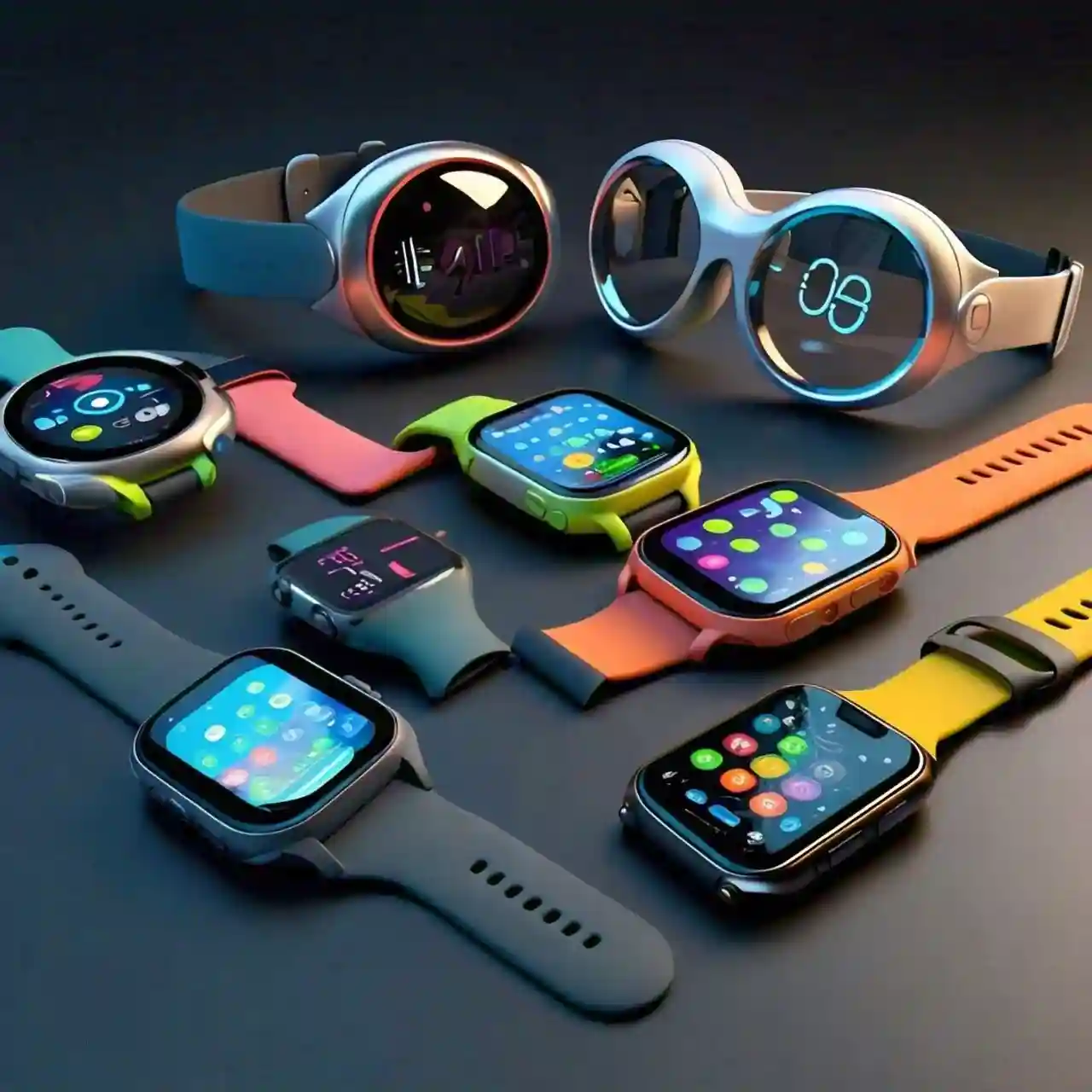
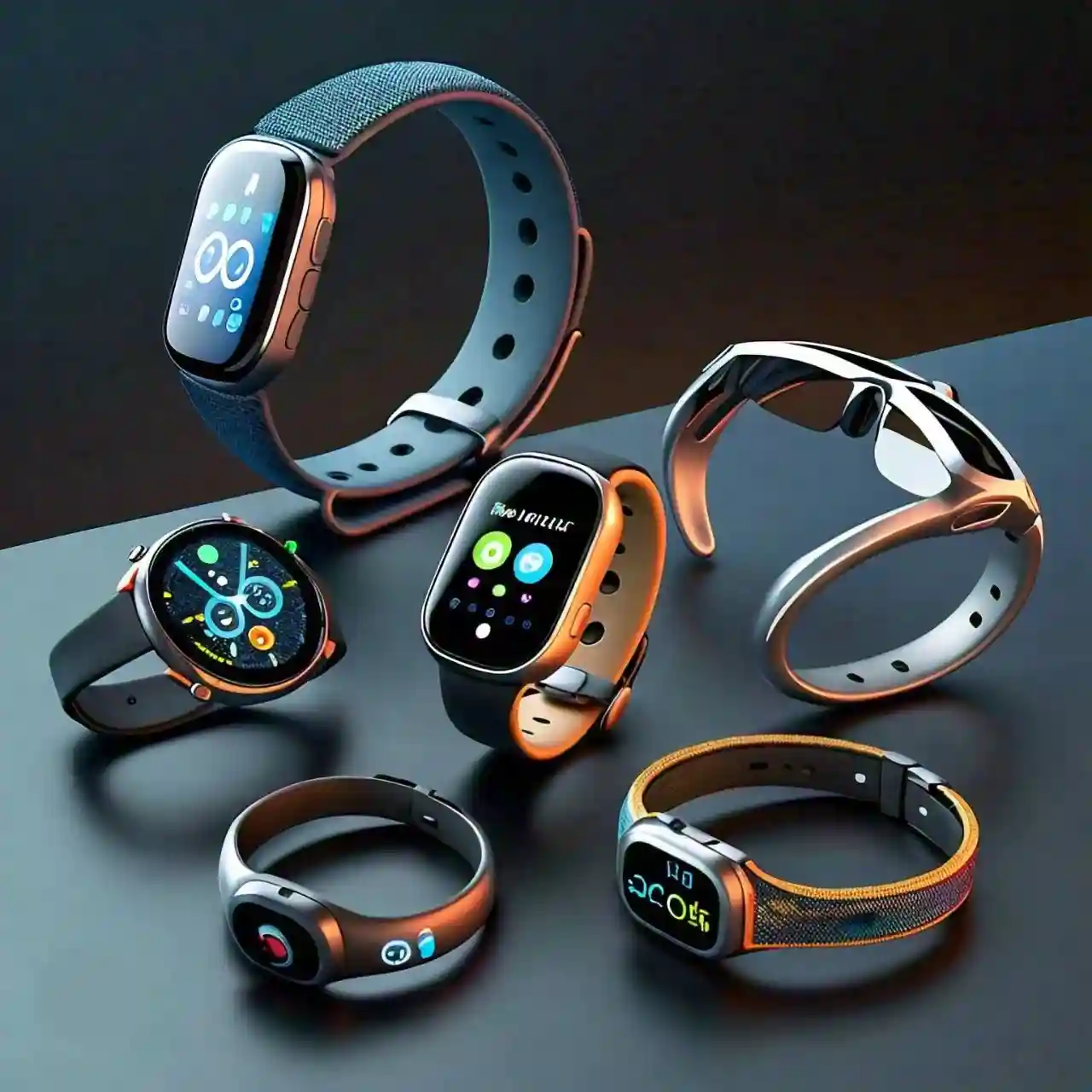
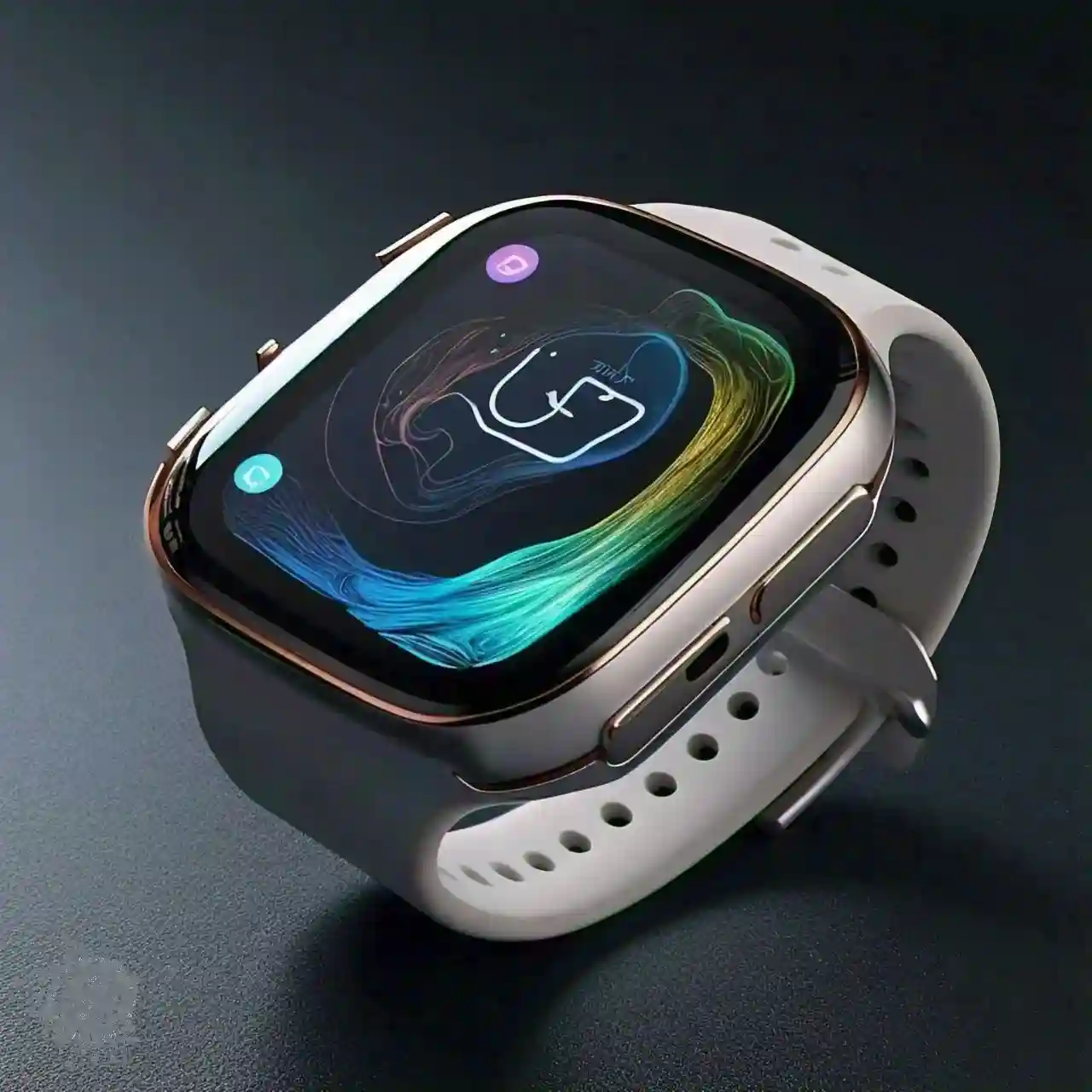



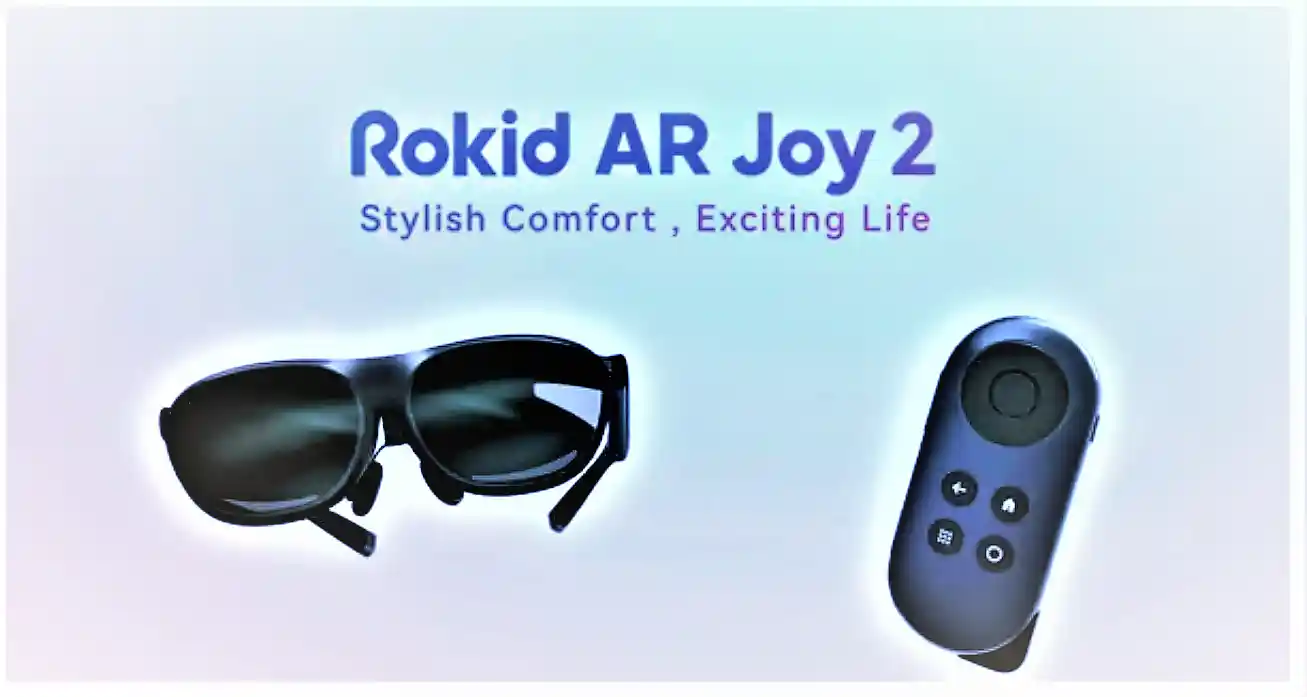
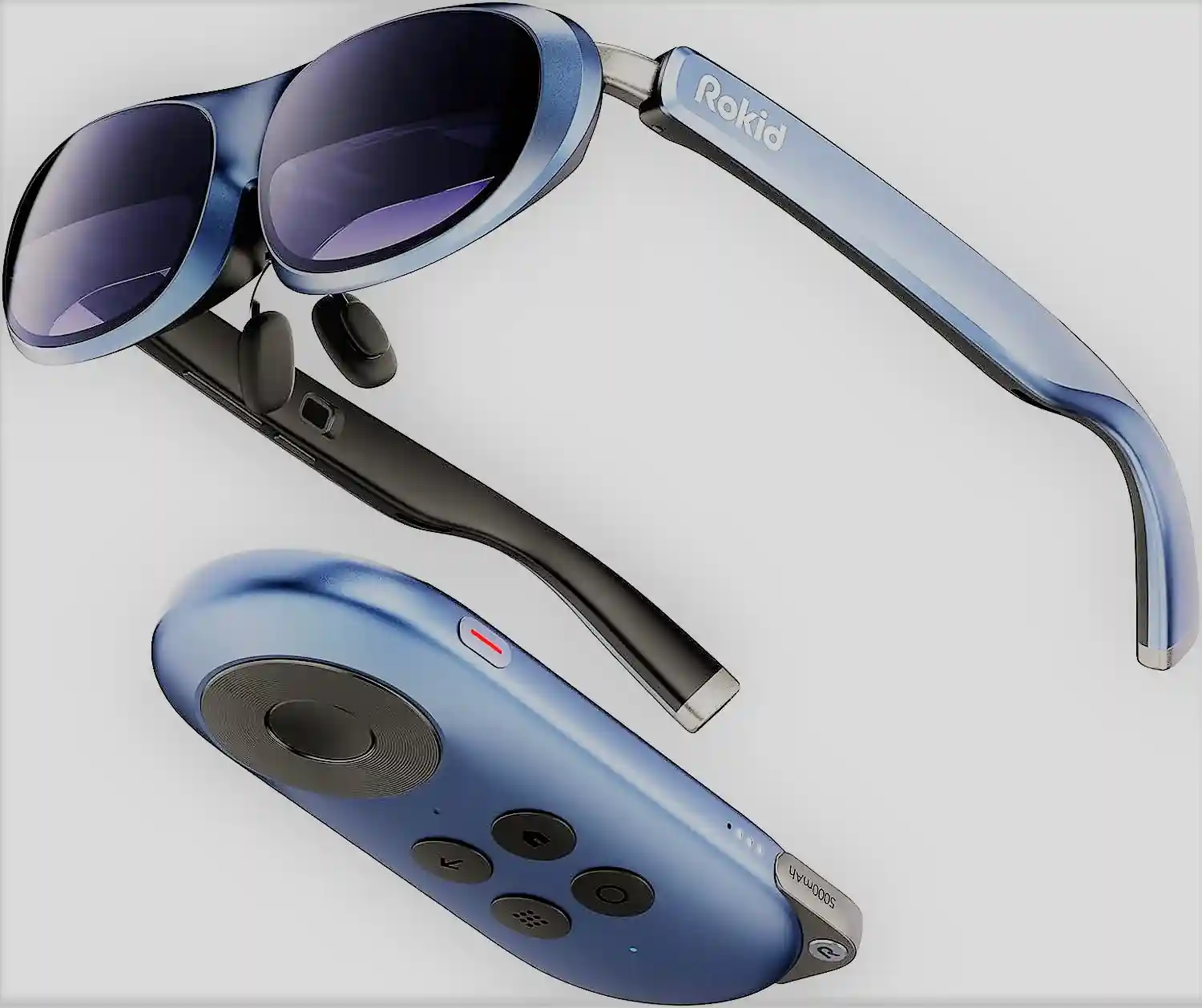
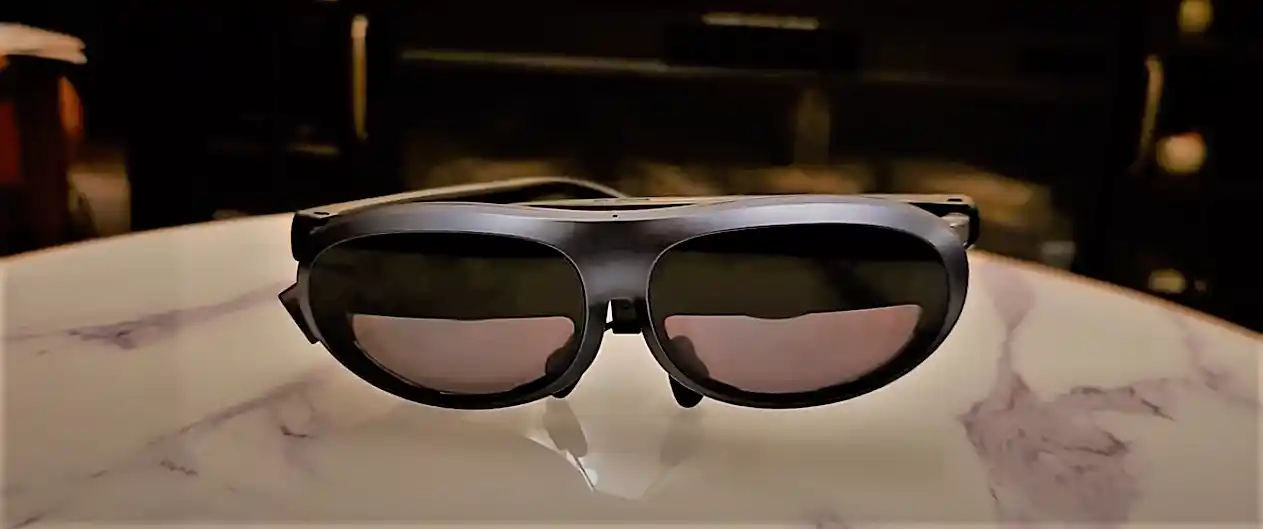
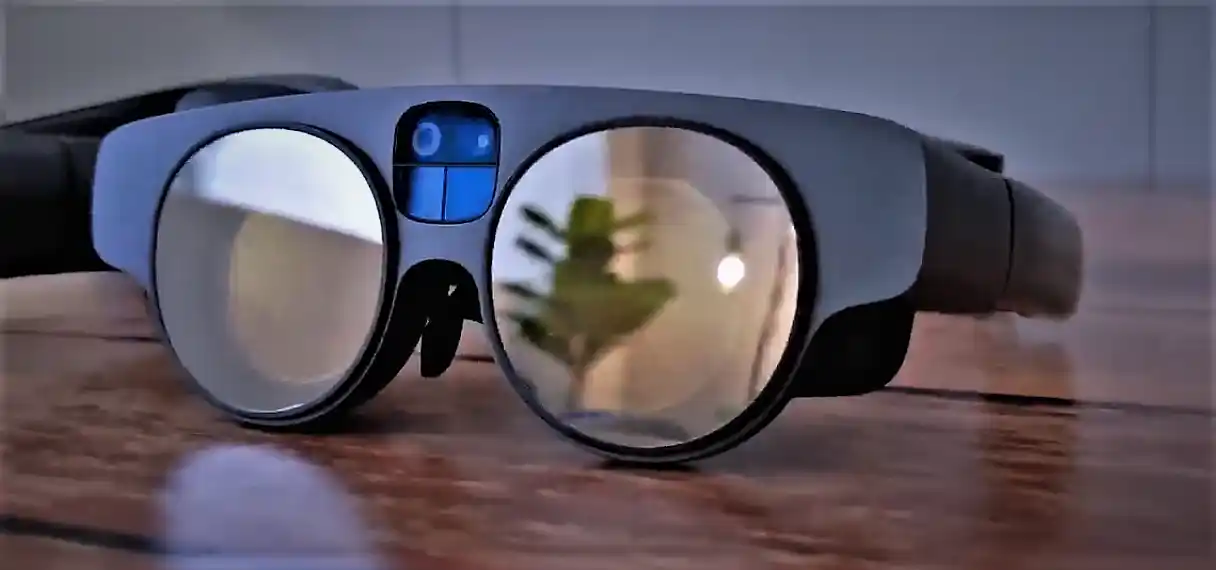
Norbert Sigala
I found this post incredibly useful. The tips and insights you’ve shared are going to be very helpful for my work.